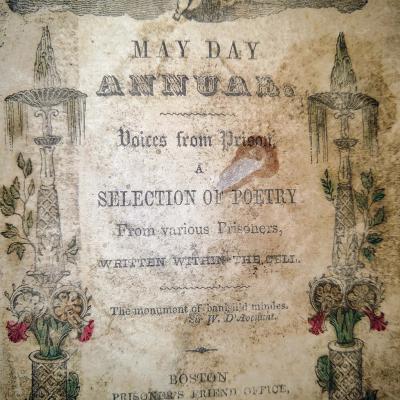Come to the 10th floor to see our display of new rare books purchased in July 2019 from the estate of Michael Merims, a noted Charlotte books and antiques dealer who died in March, 2019. The Merims addition reflects the subject strengths and eclecticism of J. Murrey Atkins Library’s Rare Book Collection while adding new depth and richness to it.
Particularly strong in literary titles, it includes a 1751 edition of Jonathan Swift’s Tale of a Tub in paneled calf, nineteenth-century American editions of the collected poetry of Byron and Sir Walter Scott, and signed copies of important works by Eugene O’Neill and Edna St. Vincent Millay. Among the standouts in books dealing with the history and culture of the Carolinas in the Merims purchase are an 1854 edition of The Life of Francis Marion in green blind-stamped cloth and The man of business, or, every man’s law book, an exceptionally rare reference work of business law published in New Salem in 1824.
Several early titles by L. Frank Baum enhance the Rare Book Collection’s notable holdings in works by the author of The Wizard of Oz, while a Dutton edition of Lewis Carroll’s Alice in Wonderland adds a splash of color and whimsy to its already substantial offerings in children’s literature. Illustrated by Willy Pogany, this 1920s Alice features pen and ink drawings that represent the book’s heroine as a flapper in a plaid miniskirt and vivid endpaper art that calls to mind a Jazz Age Garden of Earthly Delights painted by an Art Deco Bosch. Accompanying the Baum book and the Carroll is a motley entourage of other picture books and story books for children.
Other books in the Merims purchase concern religion, politics, and American history. They include an unusual 1847 selection of prison poetry collected by Charles Spear, a Universalist minister and death penalty abolitionist, and Scenes and Adventures in Africa (1834), which concerns Presbyterian missionary work abroad and presents a more disturbing though illuminating view of American evangelism of the era.
Finally, The Rainbow (1848), an exemplar of the New Year’s gift book genre that became popular in mid-nineteenth-century America, is perhaps less memorable for the short fiction, essays, and poetry it contains than for its striking exterior. Featuring gilt-stamped lettering and extraordinary stenciled ornaments in red, green, and gold, the cover is like a jeweled tapestry that seems emblematic of the artifactual beauty and wide subject variety that the new Merims books bring to the Rare Book Collection, which is so much richer as a result.
-Joseph Nicholson
